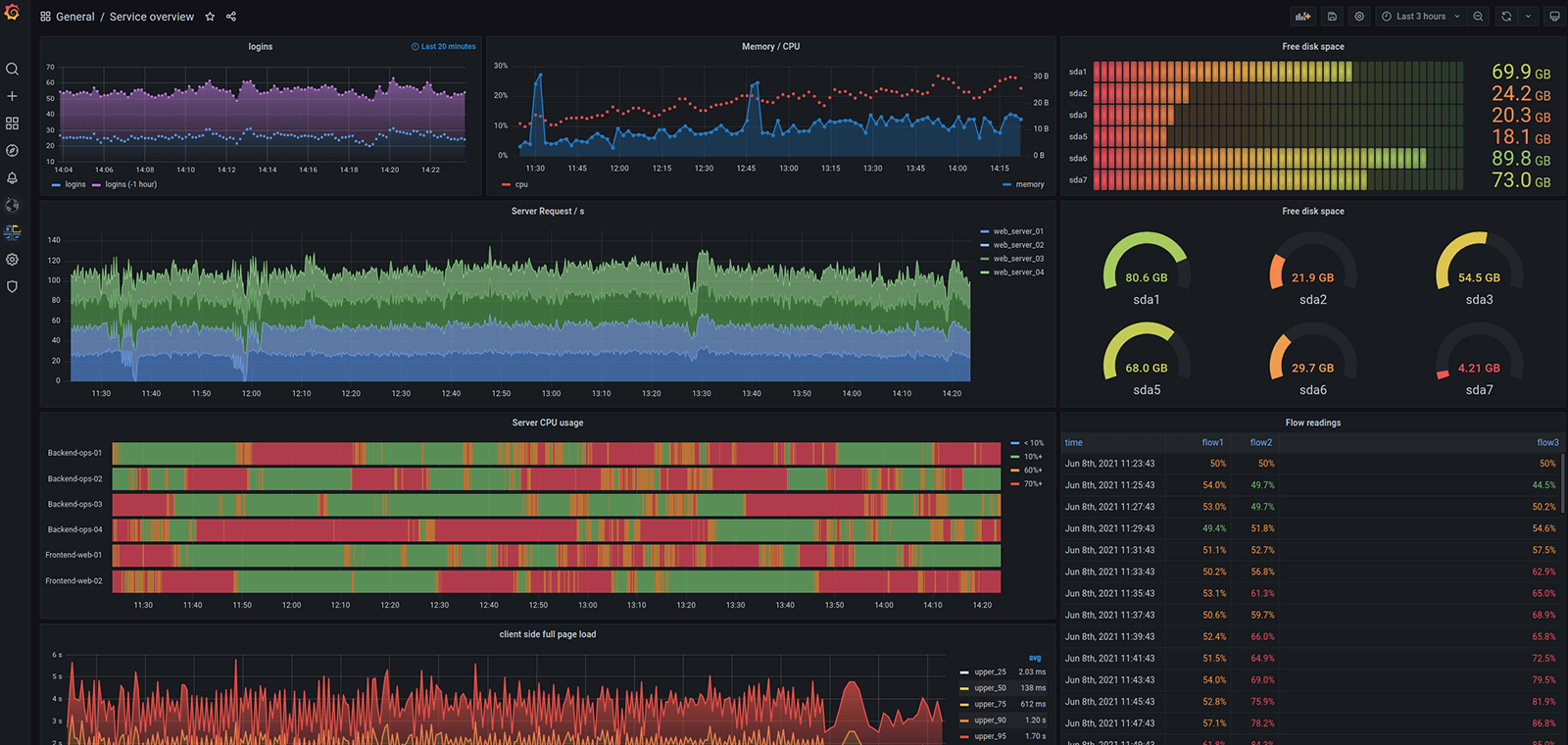TL;DR
Add an option to the graphs in electrical network info and production statistics to make the lines smoother.What ?
Add a slider "Smoothing: N" to the GUI. If one pixel in the graph covers 10 seconds then the value of each pixel is the avergage of the 10 * N seconds before the pixel. Depending on N this will smooth out spikes and make for a much more readable graph.Note: Values for pixels will overlap by N-1. The value of the next pixel can be calculated with minimal overhead by adding (current value - value N-1 steps ago) / N. So regardless of N the cost of computing values will remain constant.
Why ?
With the way back-pressure works to stop assemblers there is a constant stop and go action depending on the ratios of buildings and speed of recipes. It's rare that anything has a constant consumption or production. Even increasing the time span of the graph so each pixel represents a longer timeframe doesn't get rid of the spikeyness of the graph. Some of it because there are longer duration spikes, like when a train is loaded and all the ore miners start up till the buffer chests are full again. So short term spikes get replaced by long term spikes.Currently the graph can look like this: With the lines overlapping and spiking like this they become unreadable. A smooth out line for each item in the graph would reduce the clutter and make it more useful.
Alternatives?
Instead of calculating a value for every pixel only compute those pixels that are labeled on the X axis and connect them with a dot.Instead of drawing the value at time X draw the average from X to now. So the 1m graph would have the 60s average on the left, the 30s average in the middle and the current value on the right.



